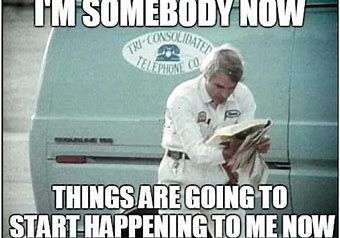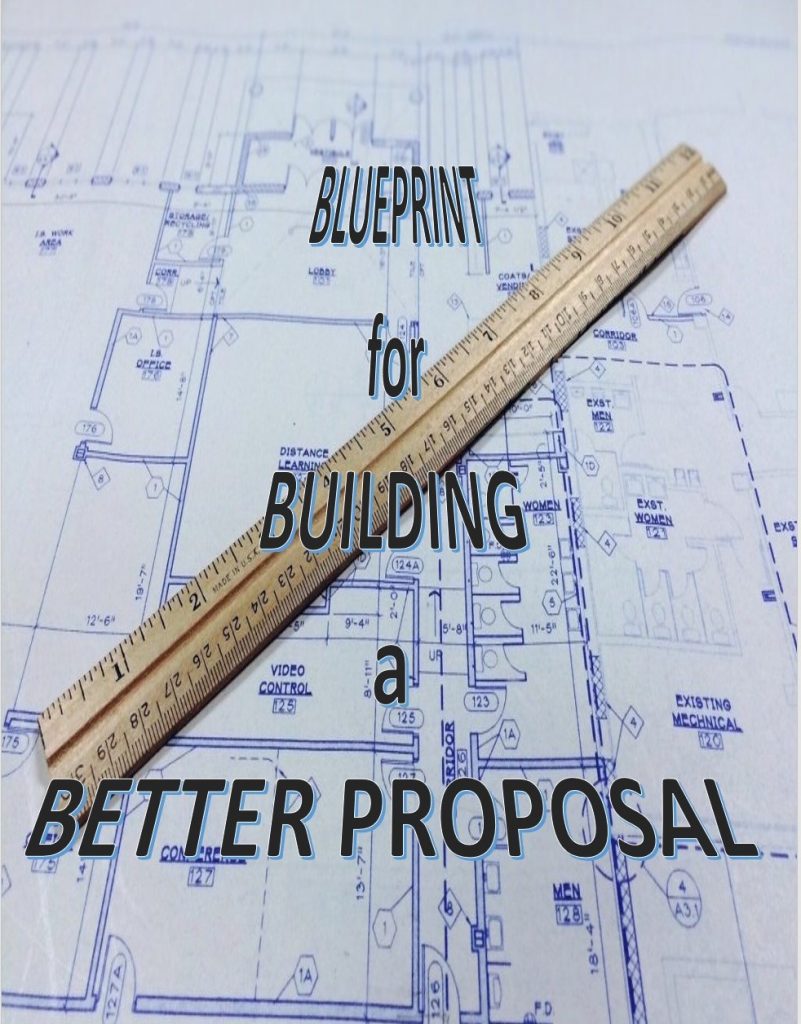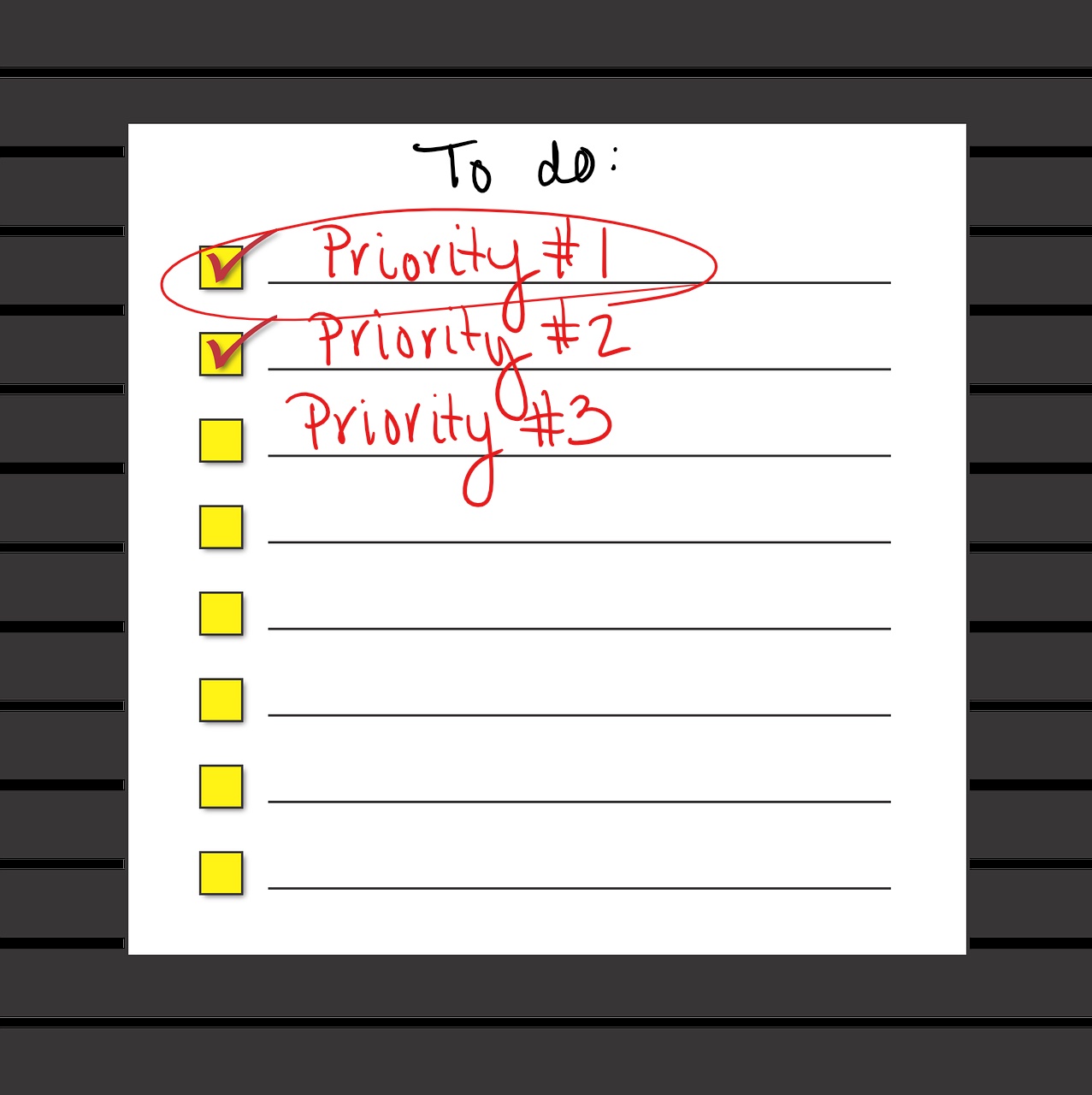John Gets Excited About His First Meeting with Gene

As usual John had been on the go, nonstop, trying to keep construction projects moving forward, collecting money, paying bills, meeting with new potential customers when he realized, he had six projects that needed proposals. As he thought about this, he realized it had been more than two weeks since he had talked with Gene about how to do proposals.
He picked up the phone and dialed Gene’s number. “Hey Gene, this is John, have you got a few minutes?” “Sure,” Gene said, “What can I do for you?” “I just realized that I’ve got six projects that need priced. This reminded me of our conversation a few weeks back when you offered to go through your bidding process with me. Does that offer still stand?”
“Sure,” said Gene, “when would you like to meet?” John thought for a minute realizing he wasn’t sure when he would have time to squeeze this in. “I don’t know Gene, as usual I’m booked pretty full.” Gene waited for a minute and then said, “I understand. Think back to what you said in our previous conversation. Do you remember how frustrated you were?”
“Your situation isn’t going to change until YOU decide to make it change.”

John rubbed his forehead. He knew Gene was right. “Okay”, John said, “I can squeeze in an hour or two Saturday. Would that work for you?” Gene shook his head and smiled, remembering what it was like to be where John is.
Then he said, “John I appreciate where you are, but the process of getting from where you are, to where I am, isn’t going to happen in an hour or two. I’ve been doing it for forty years. If you can commit to four hours Saturday, I will be glad to meet with you.”
“Realize, YOU are the only one that has the power to make this change.”
John sat there with all the things that needed done, bouncing around in his head. Then he thought about how tired he was of feeling out of control. Once again, he knew his mentor was right. Gene had taught him so much about construction and how to build things.
Now it was time to learn about the business part of construction.

“Okay,” said John, “How about we meet at noon on Saturday and I’ll bring the pizza.” Gene said, “That sounds great and we can get started, but that’s all this meeting will be…getting started. Like I said before I’ve being doing this for years. It takes work, it takes commitment, but the end result is worth it.”
“It’s more than just learning. It’s a lifestyle change.”
“John, most people in construction never learned the business side of operating a business. This is where they struggle until they get to a point where they give up. Bring an open mind and an open heart and be ready to have them both filled.”
“Nothing is going to change until you take action and do something.”

Now John was getting excited and looking forward to meeting with his friend and mentor and making some changes in his life. He was beginning to realize that a getting a construction project started out right, begins long before any construction takes place.


















 Currently we are sitting in the hotel lobby, waiting to get back into our room, which we are locked out of and our stuff is inside the room. It appears that the battery on the electronic code reader is dead. Technology’s great…when it works.
Currently we are sitting in the hotel lobby, waiting to get back into our room, which we are locked out of and our stuff is inside the room. It appears that the battery on the electronic code reader is dead. Technology’s great…when it works.


 #2 – They don’t know what they’re doing. They are technicians or trades people trying to run a business. They need to have a business plan in place and use it.
#2 – They don’t know what they’re doing. They are technicians or trades people trying to run a business. They need to have a business plan in place and use it.












 Customer service is a term that has been thrown around a lot. It’s often a marketing slogan rather than a core value. In this fast paced, information overloaded time that we’re living in, it’s easier now than ever to become part of the noise and make unrealistic promises.
Customer service is a term that has been thrown around a lot. It’s often a marketing slogan rather than a core value. In this fast paced, information overloaded time that we’re living in, it’s easier now than ever to become part of the noise and make unrealistic promises.



 There is so much required to operate a business and it’s hard to keep everything balanced. There are
There is so much required to operate a business and it’s hard to keep everything balanced. There are  I wanted, at a glance, to know if we were on target for the current year’s financial goals. This way adjustments could be made before the financial support leg got too weak. I also wanted to be able to see how the company’s income and expenses compared with last week or last year at any time throughout the year.
I wanted, at a glance, to know if we were on target for the current year’s financial goals. This way adjustments could be made before the financial support leg got too weak. I also wanted to be able to see how the company’s income and expenses compared with last week or last year at any time throughout the year.